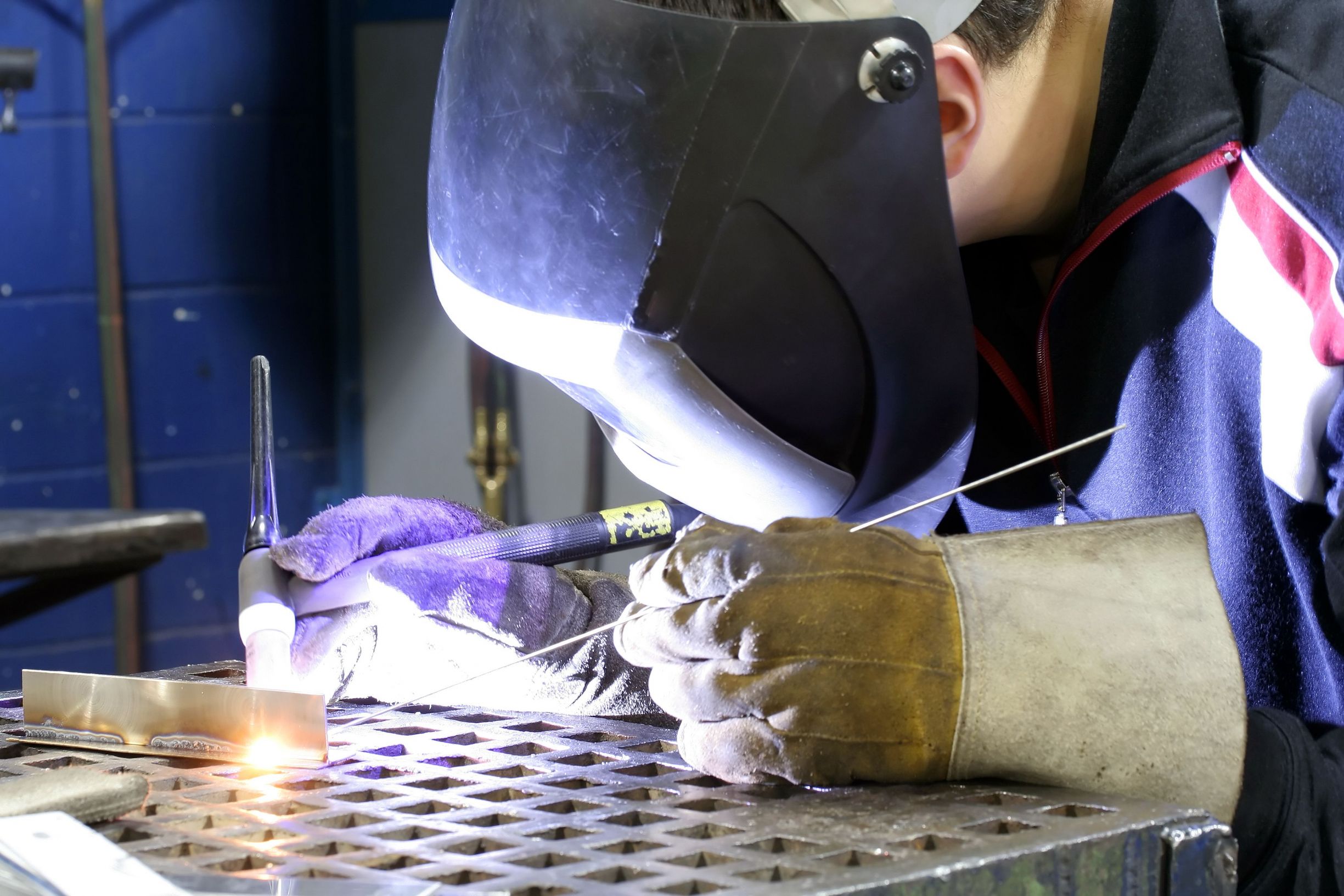Tungsten inert gas (TIG) welding, noted for its precision and cleanliness, is a cornerstone of the modern fabrication and manufacturing industries. This technology, which is essential for high-quality metal work, produces the weld using a tungsten electrode and an inert gas—typically argon—to protect it from ambient impurities. This article explores the fundamentals of Tungsten Inert Gas Welding, its various applications, and its critical role in modern metalworking.
The fundamentals of TIG welding
TIG welding distinguishes itself by relying on a non-consumable tungsten electrode. Unlike other welding procedures, in which the electrode melts into the weld, the tungsten electrode in TIG welding just forms the arc and is not consumed throughout the welding process. This gives you more control over the weld, resulting in stronger, higher-quality joints. A filler metal is usually employed; however, some welds, known as autogenous welds, do not require it.
Applications are varied.
The precision of Tungsten Inert Gas Welding makes it suitable for a wide range of applications. It is particularly popular in industries where weld strength and appearance are critical. These include aerospace, automobiles, and art sculpture creation. Because of its capacity to precisely manage heat input, TIG welding is suited for working with a wide range of materials, including stainless steel, aluminum, and even exotic metals such as titanium.
Advantages over other welding techniques.
One of TIG welding’s most significant benefits is its ability to generate high-quality, clean welds with little spatter. This cleanliness is critical for applications that require the weld’s integrity and appearance. Furthermore, TIG welding provides greater control over the weld area and deeper penetration, which may be modified by the welder to meet specific project needs.
Industry Impact and Statistics
In recent years, the Tungsten Inert Gas Welding market has grown significantly, owing mostly to increased demand in industries requiring high precision and quality. According to industry reports, the worldwide welding products market, with TIG welding as a prominent segment, is expected to develop at a CAGR of approximately 4.5% between 2021 and 2028.
Environmental and safety considerations
In comparison to other welding technologies, TIG welding is both effective and environmentally beneficial. It produces less trash and emissions, making welders safer and decreasing the environmental impact of welding operations. However, suitable ventilation and safety procedures are required to safeguard welders from potential risks caused by inert gas and arc rays.
Micro Weld: The Leader in Micro-Welding Solutions.
As the conversation about Tungsten Inert Gas Welding evolves, it’s critical to recognize industry leaders that represent the finest in welding innovation and quality. Micro Weld, a company that specializes in micro-welding solutions, stands out for its dedication to providing precise welding services. They focus on miniature and detailed welding, using TIG welding and other techniques to match the rigorous precision required in industries such as electronics, medical devices, and small-scale metal fabrication.

